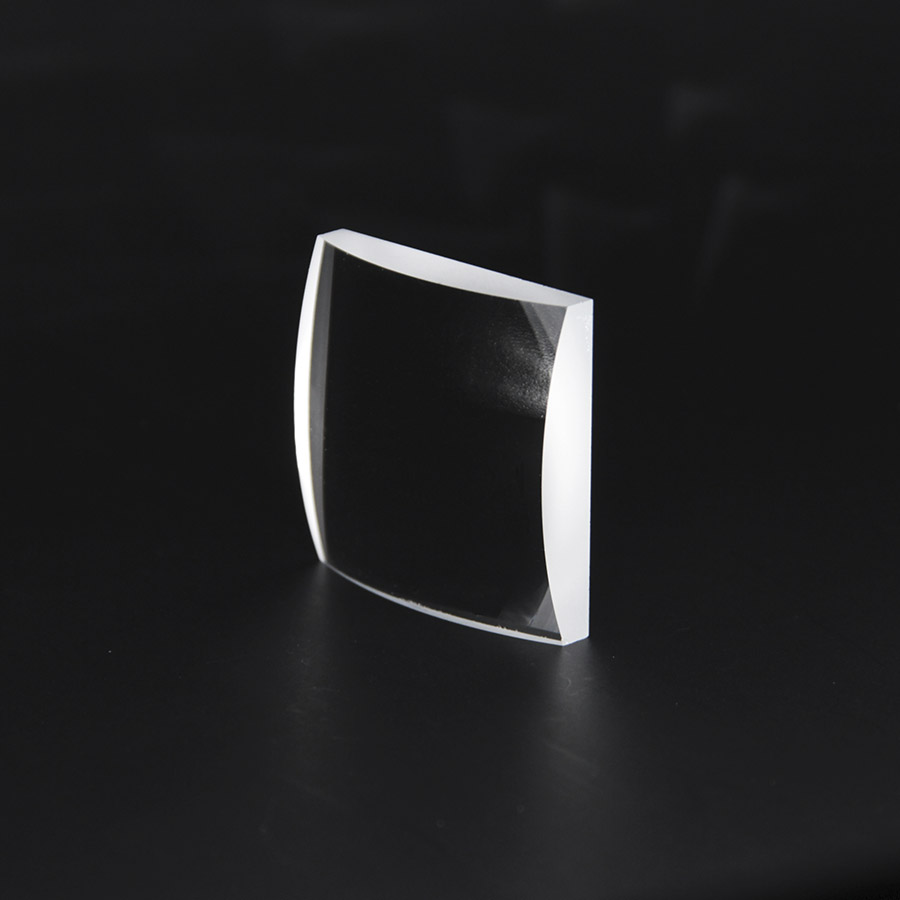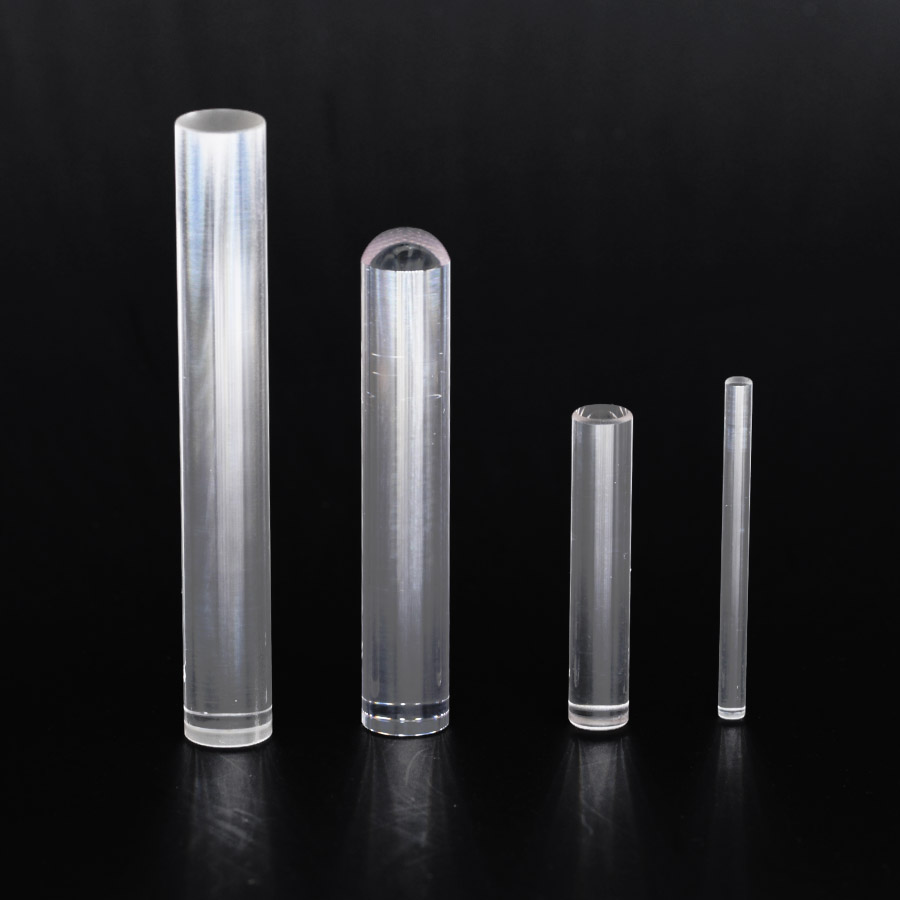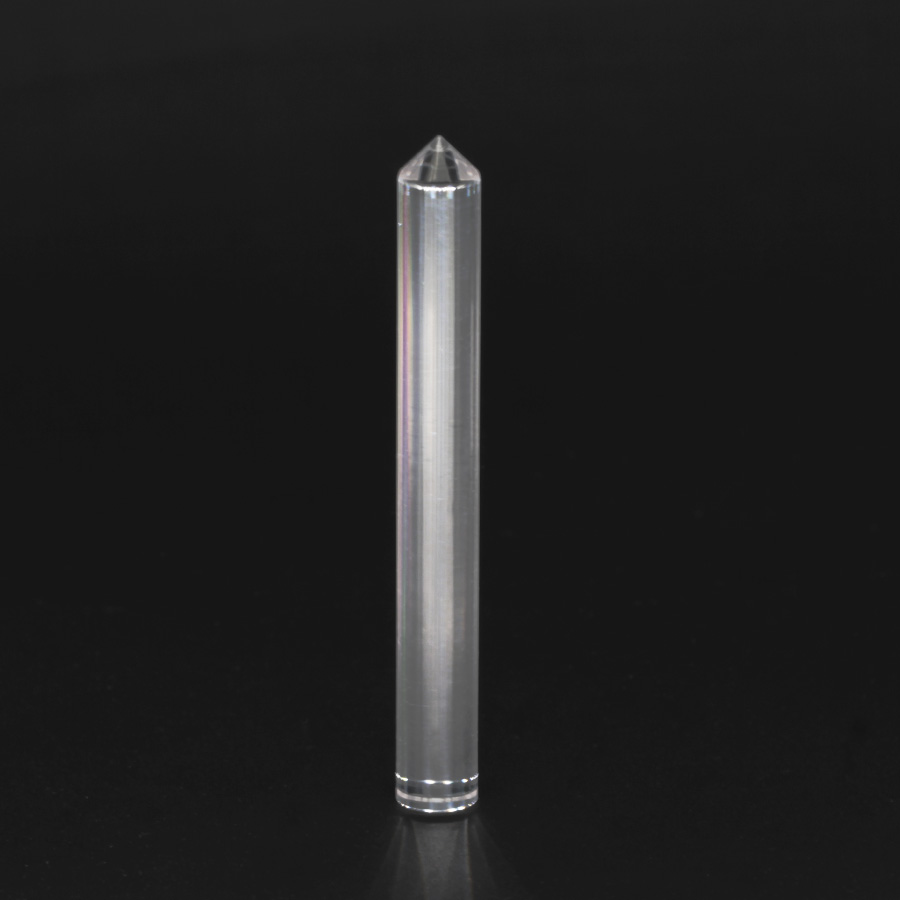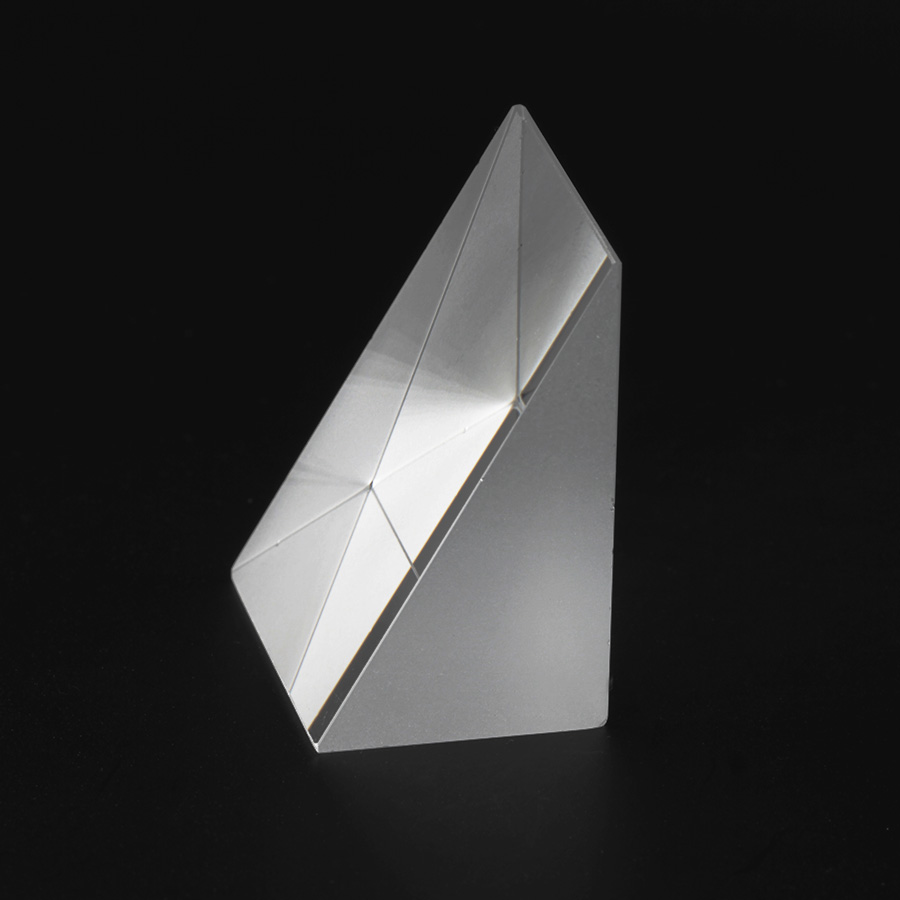China High-Quality Sapphire Roof Prism Quotes Pricelist – Industrial Optical Prisms From China Factory – Optic-Well
China High-Quality Sapphire Roof Prism Quotes Pricelist – Industrial Optical Prisms From China Factory – Optic-Well Detail:
Prism is a common but very important optical part. It is an angular glass block formed from solid optical glass through modeling, grinding, polishing and other processes. The main functions of prisms are divided into dispersion and imaging. In the distinction of prism types, they are usually distinguished by their properties and uses. There are four main types of prisms and their characteristics: dispersive prisms, deflection prisms, rotation prisms, and offset prisms. Among them, dispersive prisms, as the name suggests, are mainly used in dispersive light sources, so such prisms are not suitable for any application that requires image quality. Deflection, offset and rotation prisms are often used for high-quality imaging. In application. Prisms that deflect the path of light, or offset the image from its original axis, are useful in many imaging systems. Light is typically deflected at 45°, 60°, 90° and 180°. This is useful for gathering system sizes or adjusting light paths without affecting the rest of the system settings. A rotating prism, such as a Dove prism, is used to rotate the inverted image. Offset prisms maintain the direction of the light path, but also adjust their relationship to normal.
The following examples illustrate some common prisms and their functions:
1. Equilateral prism – a typical dispersive prism that disperses incoming light into its constituent colors
2. Littrow Prisms – Uncoated Littrow prisms can be used as beam splitting prisms and coated to deflect light
3. Right Angle Prisms – Deflects Light by 90°
4. Penta Prism – Deflects light by 90°
5. Half Penta Prism – Deflects light by 45°
6. Amici Roof Prism – Deflects Light 90°
7. Triangular prism – deflects light by 180°
8. Wedge Prism – Deflects the Beam Angle
9. Rhombus Corner – Offset Optical Axis
10. Dove Prism – Twice the angle of rotation of the prism that rotates the image when uncoated, reflects any beam back to itself when coated
Applications:
In modern life, prisms are widely used in digital equipment, science and technology, medical equipment and other fields.
Commonly used digital equipment: cameras, CCTV, projectors, digital cameras, digital camcorders, CCD lenses and various optical equipment
Science and technology: telescopes, microscopes, levels, fingerprints, gun sights, solar converters and various measuring instruments
Medical instruments: cystoscopes, gastroscopes and various types of laser treatment equipment.
Product detail pictures:






Related Product Guide:
We now have several exceptional workers customers good at marketing, QC, and working with types of troublesome trouble during the creation system for China High-Quality Sapphire Roof Prism Quotes Pricelist – Industrial Optical Prisms From China Factory – Optic-Well , The product will supply to all over the world, such as: Macedonia, Jakarta, Doha, The working experience in the field has helped us forged a strong relations with customers and partners both in domestic and international market. For years, our products have been exported to more than 15 countries in the world and have been widely used by customers.
The supplier abide the theory of "quality the basic, trust the first and management the advanced" so that they can ensure a reliable product quality and stable customers.








